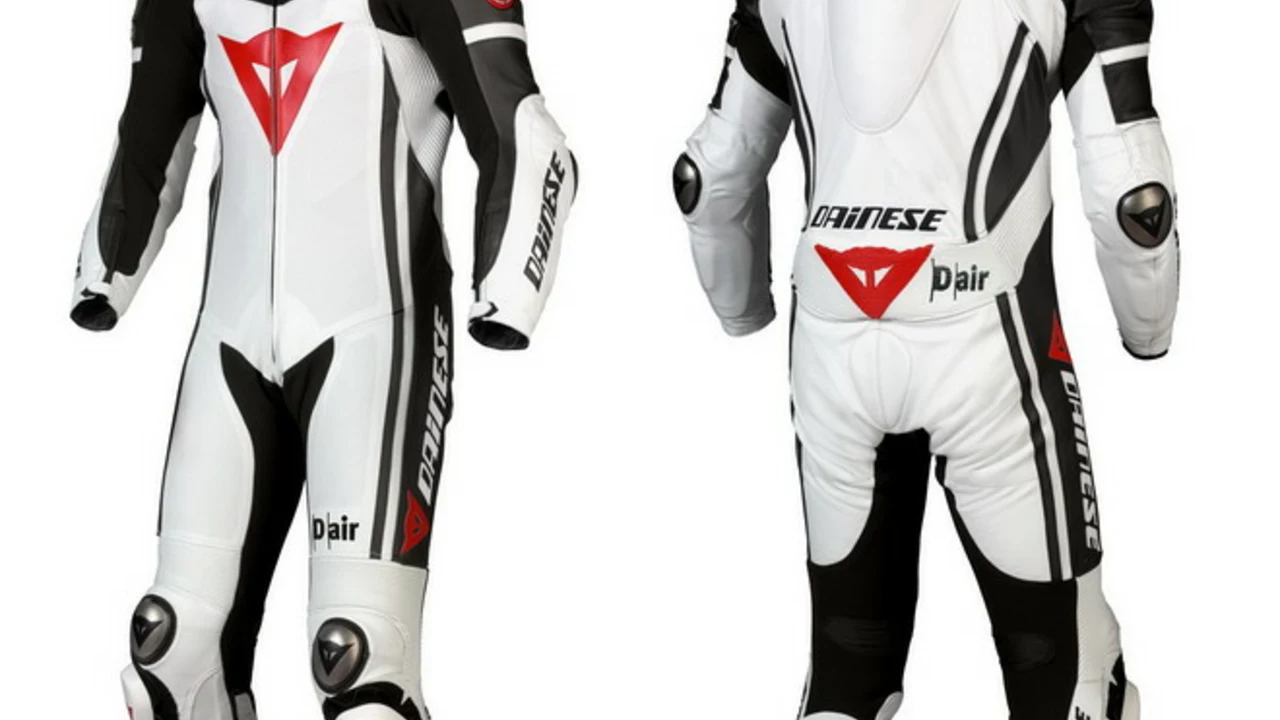Riding – Your Quick Guide to Motorsports Action
Whether you’re hopping on a bike, gripping a wheel in a race car, or just love watching the speed, "riding" covers a lot of ground in motorsports. It’s not just about the rush; it’s about knowing the basics, staying safe, and figuring out how to move from a hobby to a career.
Getting Started with Riding
First thing you need is a solid foundation. Most riders start with karting or a beginner’s riding school—think of it as the driving test for the fast lane. You’ll learn how to control a vehicle, read a track, and develop the reflexes that keep you upright when the g‑force kicks in.
After you’ve got the basics, apply for a racing license from your national motorsport authority. The paperwork can feel like a hassle, but it proves you’re serious and lets you enter local events. Those events are gold mines for experience and contacts. Talk to other riders, meet team owners, and always be ready to show up early for practice.
If you’re eyeing a motorcycle, start with a decent sport bike and invest in proper gear—helmet, leather suit, gloves, and maybe an airbag vest. For car lovers, a used formula car or a touring car works well for practice runs. The key is to keep the equipment reliable; a broken part on the track can end a season fast.
Staying Safe on the Track
Safety isn’t an afterthought; it’s part of every lap. Modern race cars have roll cages, fire‑suppression systems, and crash‑compatible seats. Motorcycles rely on protective gear and quick‑release levers. Always check your brakes, tires, and suspension before a session. A simple visual inspection can spot a worn tire tread or a loose bolt before it becomes a problem.
Know the track layout. The “pole position” you hear about isn’t just a fancy term—it tells you the fastest spot on the grid, usually the inside line of the first turn. Getting that spot in qualifying gives you a better chance to stay ahead and avoid traffic jams that increase crash risk.
Don’t ignore the mental side. Racing is as much about focus as skill. Use breathing techniques to calm nerves before a hot lap. Visualize the perfect line through each corner—your brain will follow that path more naturally when you’re actually on the track.
Finally, keep fit. A race driver’s body is a high‑performance machine; strength, endurance, and flexibility help you handle the g‑forces and stay alert for hours. Simple cardio, core workouts, and stretching make a noticeable difference on race day.
Riding isn’t just a sport; it’s a community. Join forums, attend local meet‑ups, and follow the latest news on sites like Lycon Motorsports Hub. You’ll find tips on everything from pole‑position origins to the next step after karting. And if you ever wonder how dangerous motorcycle racing can be, remember that safety gear and strict regulations have lowered serious injuries dramatically, but respect the risk and always be prepared.
So, whether you’re planning to chase a podium or just want to understand what makes riders tick, start with the basics, stay safe, and keep the passion alive. The track is waiting—go ride it.
Which racing suits are comfortable for riding?
In my search for the most comfortable racing suits, I've found that the ones designed with flexibility in mind are the most comfortable for riding. These suits typically feature stretch panels in key areas, allowing for a greater range of motion. Additionally, suits with good ventilation keep you cool during intense rides, enhancing comfort. Quality padding and a well-fitted design are also crucial for comfort and safety. It's essential to remember that everyone’s comfort preferences are different, so finding a suit that suits your unique needs is key.



